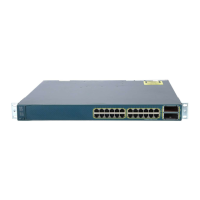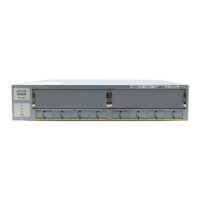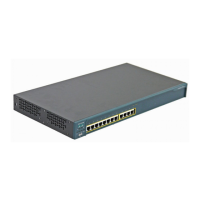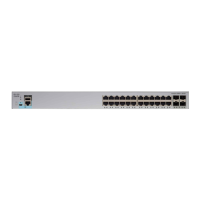34-21
Catalyst 3750 Switch Software Configuration Guide
78-16180-02
Chapter 34 Configuring IP Unicast Routing
Configuring RIP
Configuring Basic RIP Parameters
To configure RIP, you enable RIP routing for a network and optionally configure other parameters.
Beginning in privileged EXEC mode, follow these steps to enable and configure RIP:
IP split horizon Varies with media.
Neighbor None defined.
Network None specified.
Offset list Disabled.
Output delay 0 milliseconds.
Timers basic
• Update: 30 seconds.
• Invalid: 180 seconds.
• Hold-down: 180 seconds.
• Flush: 240 seconds.
Validate-update-source Enabled.
Version Receives RIP version 1 and 2 packets; sends version 1 packets.
Table 34-4 Default RIP Configuration (continued)
Feature Default Setting
Command Purpose
Step 1
configure terminal Enter global configuration mode.
Step 2
ip routing Enable IP routing. (Required only if IP routing is disabled.)
Step 3
router rip Enable a RIP routing process, and enter router configuration mode.
Step 4
network network number Associate a network with a RIP routing process. You can specify multiple
network commands. RIP routing updates are sent and received through
interfaces only on these networks.
Step 5
neighbor ip-address (Optional) Define a neighboring router with which to exchange routing
information. This step allows routing updates from RIP (normally a
broadcast protocol) to reach nonbroadcast networks.
Step 6
offset list [access-list number | name]
{in | out} offset [type number]
(Optional) Apply an offset list to routing metrics to increase incoming
and outgoing metrics to routes learned through RIP. You can limit the
offset list with an access list or an interface.
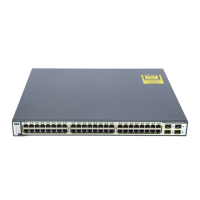
